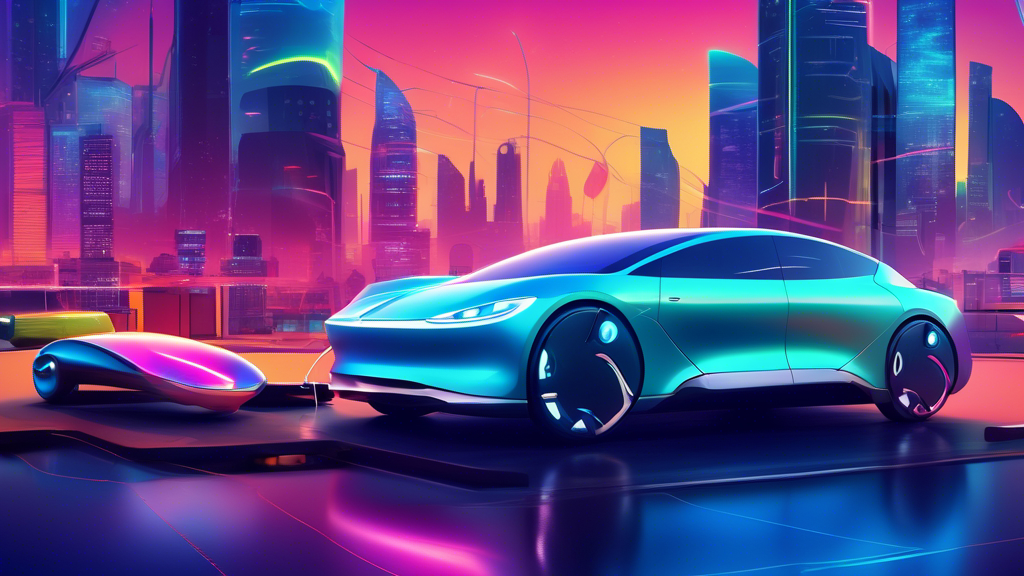
Fully EV-Cars vs. Plug-in Hybrid: An In-depth Comparison
The automotive industry is transforming significantly as the world moves towards a more sustainable future. The rise of electric vehicles has spurred a discussion on the most efficient and eco-friendly method for transitioning away from gasoline-powered cars. Two prominent solutions have emerged: fully EV-Cars (Electric Vehicles) vs. plug-in hybrid electric vehicles (PHEVs). While both aim to reduce carbon emissions and reliance on fossil fuels, they offer different approaches and benefits. This article delves into an in-depth comparison between EV-Cars vs. plug-in hybrid cars to help consumers make informed decisions.
Understanding the Technology
Fully Electric Vehicles (EVs)
Fully electric vehicles are powered entirely by electricity and stored in high-capacity batteries that can be charged at home or public charging stations. Unlike traditional vehicles, EVs have no internal combustion engine (ICE), producing zero tailpipe emissions. This absence of a conventional engine also leads to lower maintenance costs due to fewer moving parts.
Plug-in Hybrid Electric Vehicles (PHEVs)
Plug-in hybrid electric vehicles combine an electric motor with a traditional gasoline engine. They can be charged from an external power source and operate on electric power alone for a limited range. The gasoline engine kicks in once the electric range is depleted, allowing the car to function like a conventional hybrid vehicle. PHEVs can offer a longer combined range than EVs using both power sources.
Performance and Range
Regarding performance, fully electric vehicles offer instant torque and acceleration, making them highly responsive and enjoyable to drive. The absence of a traditional gearbox in most EVs provides a smooth and quiet ride. However, one of the biggest concerns for consumers considering an EV is range anxiety—the fear of running out of battery power far from a charging station.
Plug-in hybrids, on the other hand, solve range anxiety by offering a safety net through their gasoline engines. While they might not match the instant torque of EVs, PHEVs still provide respectable performance and the peace of mind that comes with having a gasoline engine for extended range. However, PHEVs often have more miniature battery packs than EVs, so their electric-only range is usually limited to about 20-50 miles, making them suited for short commutes.
Environmental Impact
Fully electric vehicles offer the most significant reduction in carbon emissions since they do not rely on gasoline and produce zero tailpipe emissions. Their overall environmental impact, however, depends on the source of the electricity used to charge them. In regions where electricity is generated from renewable sources, the environmental benefits of EVs increase substantially.
While plug-in hybrids are more eco-friendly than conventional vehicles, they still produce emissions when operating on gasoline. PHEVs’ environmental benefit depends on how often they are charged and driven in electric mode. For drivers who can frequently charge and primarily use the electric range, PHEVs significantly reduce emissions compared to traditional vehicles.
Cost Considerations
Generally, EVs have a higher upfront cost than PHEVs, mainly due to the cost of the batteries. However, falling battery prices and government incentives for electric vehicles make EVs increasingly affordable. Additionally, EVs’ lower running and maintenance costs can make them more economical over the vehicle’s lifetime.
PHEVs typically have a lower initial cost than EVs but may incur higher fuel and maintenance costs over time due to the presence of the gasoline engine. The total cost of ownership for PHEVs versus EVs depends on several factors, including driving habits, electricity and gasoline prices, and available incentives.
The Bottom Line
Choosing between a fully electric vehicle and a plug-in hybrid depends on individual needs, driving habits, and environmental priorities. A fully electric vehicle could benefit those with regular access to charging stations and who primarily drive short distances. However, a plug-in hybrid might be the more adaptable choice for drivers who need more extended range for occasional longer trips or who do not have consistent access to charging.
As technology progresses and infrastructure develops, the distinction between EVs and PHEVs becomes less pronounced. Ultimately, the shift towards more sustainable vehicles is a positive step for the environment and a sign of the automotive industry’s commitment to innovation and a greener future.
